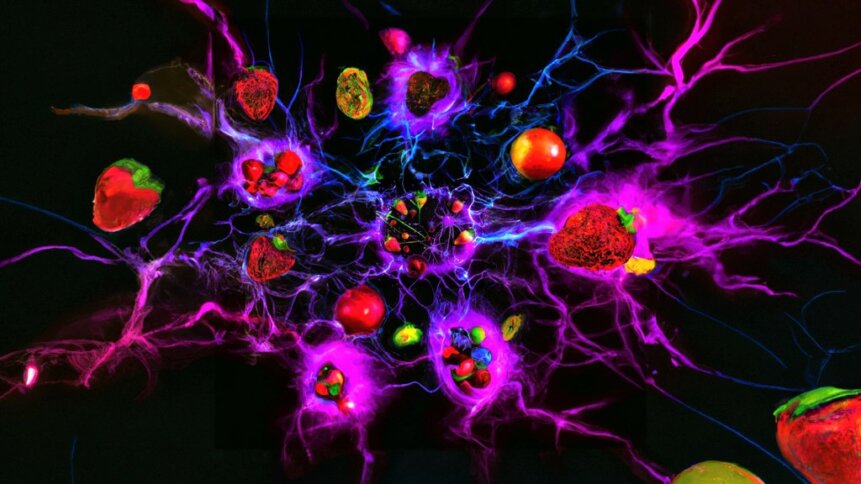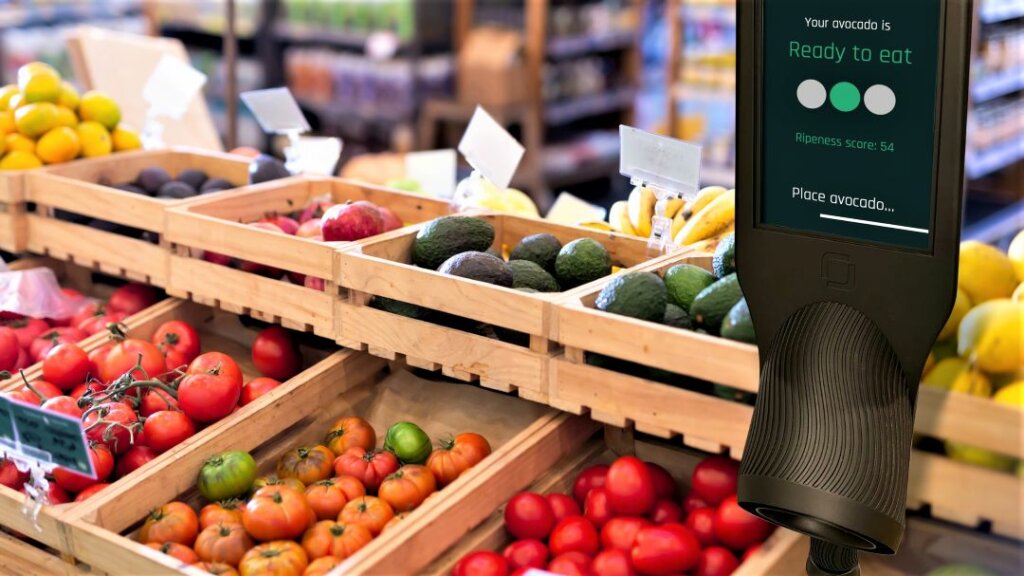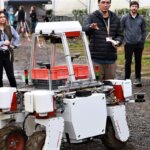Strawberries and AI: deep learning ripe to grow food industry profits

|
Getting your Trinity Audio player ready...
|
When it comes to examining the benefits of technology on food production, strawberries turn out to provide an enlightening case study on how AI, machine vision, and advanced robotics are helping growers. Improving strawberry shelf-life by just one day is said to be worth millions of pounds, according to major food retailers. And tech firms are developing AI solutions to guide farmers in picking fruit at exactly the right time to boost profits and reduce food waste.
“The fresh produce industry is struggling to accurately predict shelf life,” writes OneThird – a Dutch tech firm using spectral data and AI to quantify the ripeness of produce – on its website. “As a result, retailers are forced to throw fruits and vegetables worth hundreds of millions of dollars into landfills, causing them to lose 10-40% of their profits.” There are environmental costs too. The fresh water consumption and CO2 emissions involved in growing and transporting fruit and veg are an extravagant burden for the planet to bear when food is thrown away rather than eaten.
Supply chain optimization
OneThird, which offers scanning hardware and a companion smartphone app, has most recently teamed up with Dutch fruit and vegetable supplier Bakker Barendrecht and Albert Heijn – the largest supermarket operator in The Netherlands – to improve produce management. Optical scanners are being deployed along the supply chain – at grower, distributor, and retailer sites – to track the shelf-life of strawberries and other high-value produce.
A list of tech firms using AI to grow better strawberries –
- OneThird, The Netherlands
- Organifarms, Germany
- Octinion, Belgium
- Agrobot, Spain
- Dogtooth, UK
- V7, UK
- GoMicro, Australia
- Bowery, US
- Plainsight, US
Growers can use the app to examine fruit quality and quantify defects, and distributors can make quick-to-perform optical scans to determine which batches to send where, taking shelf-life into consideration. And at supermarkets, food shoppers can use scanners to determine when goods will be at peak ripeness.
Avocado buyers will be used to squeezing the green fruit (which is classified biologically as a single-seeded berry) to check its ripeness. But store-provided scanners can now be used instead by customers to give more accurate shelf-life readings and save the flesh under the avocado skin from being bruised and damaged. Shoppers simply place their avocado in an optical port for analysis and then view the ripeness score (critical, ready-to-eat, or firm) displayed on-screen.

No need to squeeze: AI ripeness checkers are helping shoppers to select the best produce without damaging goods. Image credit: OneThird.
Earlier this year, OneThird exhibited its technology at the CES show in Las Vegas, US, where the team revealed that it has units that work for a variety of exotic fruit such as mangos and bananas. And while OneThird is using optical readings and AI to quantify the shelf-life of strawberries and other produce, imaging can be used in other ways to optimize supply chain performance.
AI image recognition
Strawberries turn out to be a popular target for crop-picking robots. Farmers are increasingly short of fruit pickers, for a combination of reasons. And tech firms have stepped up to address a growing market for automated services.
“BERRY can be part of that solution by harvesting safely, reliably, and all day long,” said Mario Schäfer, co-founder of agritech firm Organifarms, which has developed a strawberry harvesting robot dubbed BERRY. “With its image recognition software, it’s able to determine which fruit is currently suited to fit the grower’s individual needs, depending on the season, the time of year, and customers.”
One of the most highly-prized varieties of strawberries is the so-called pineberry (or hula berry) – a type of white strawberry that apparently (this author has sadly yet to try one) has an enjoyable pineapple flavor. Often grown in Japan, white strawberries are described as being finicky to cultivate and require considerable experience to generate high yields, which brings us to a third pairing of strawberries and AI.
Using AI to grow white strawberries
Researchers in Taiwan have used AI to optimize the growing conditions for producing a successful crop of white strawberries. Algorithms determine how much water and light plants receive and set the temperature. In addition to managing growth, temperature settings – which influence humidity levels – prevent spores from sprouting and stop insect larvae from hatching, keeping strawberry-damaging fungi and pests under control.
Growers of white strawberries can have loss rates of up to 70% of the crop. But the biological scientists and technology experts, using AI, have reduced that proportion down to just 20%, which shows how algorithms can benefit strawberry producers and agriculture more widely.
Agritech workers in China are so confident in the ability of AI to improve the growth of strawberries and other produce that competitions have been held where startups go head-to-head with experienced farmers. The smart agriculture events, held in Yunnan and sponsored by Chinese e-commerce giant Pinduoduo, have been valuable in highlighting the tasks that are best served by robots and AI.
Smart agriculture insights
The competitions also show that humans still have a role to play in food production, for now at least. Taking strawberries as an example, the startups observed that human workers were superior in defoliating plants and keeping crops healthy in the contests. Farmers were able to spot signs of disease much more quickly than AI systems, which helped strawberries to flourish.
But given the capacity for AI to learn, when fed with sufficient data, it’s not impossible to imagine that future algorithms will add to their produce management feature set and eventually come out on top. And when this happens, humans will be able to kick back and eat deliciously ripe strawberries (including ones that taste of pineapple), avocados, and other fruit thanks to AI, which doesn’t sound too bad an outcome.









